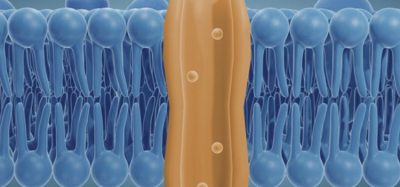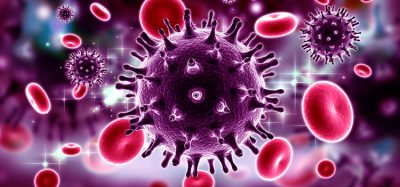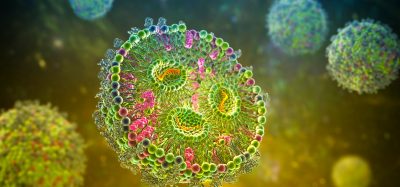Under the microscope: Transforming drug discovery on membrane proteins
Posted: 11 September 2020 | Creoptix | No comments yet
IN NOVEMBER 2017, leadXpro chose to strengthen its capabilities with the Creoptix™ WAVEsystem. “We were looking for a label‑free, biophysical method to investigate binding affinity and kinetics of small molecules with challenging integral membrane proteins,” explained Michael Hennig, Chief Executive Officer of leadXpro.
Headquartered in Villigen, Switzerland, leadXpro is committed to the application of biophysical and structure‑ based drug discovery targeting membrane proteins. “Most systems lacked sensitivity, some robustness and others ease of use for both data acquisition and analysis,” added Hennig. “The WAVEdelta system turned out to be the best fit for our purpose. With the implementation of the GCI technology of Creoptix, leadXpro proudly pioneers ligand interaction analysis by biophysical methods on membrane proteins today.”
With a C‑round financing investment with Waters™ Corporation and SwissCanto Invest as participants, Creoptix AG is enabling scientists to accelerate discoveries with its WAVEsystem. Headquartered in Waedenswil, the company is led by Line Stigen Raquet, a former business unit manager for Mettler Toledo, QIAGEN and ThermoFisher, who was appointed in January 2020. “I am incredibly excited to have joined Creoptix earlier this year. The WAVE is indeed a powerful, cutting‑edge product portfolio for biomolecular interaction analysis that enables researchers to explore label‑free, high‑quality kinetic analysis on membrane proteins in both native and non‑native conditions. We foresee this as an enormous driver for novel drugs to enter the market faster.”
Membrane proteins
Membrane proteins are essential in regulating physiological and signalling processes. From G‑protein coupled receptors (GPCRs) to a vast range of ion channels and transporters, more than half of all drugs on the market currently target membrane proteins. leadXpro has established a platform that combines the most advanced knowledge about construct design, expression and purification of these challenging proteins with biophysical assays, X‑ray crystallography and cryo‑EM. Thanks to advances in membrane protein structural biology, three‑ dimensional (3D) structures can now be determined within a few months to fully support screening, hit selection, prioritisation to lead optimisation and characterisation of clinical candidates. In this context, label‑ free, real‑time measurement of molecular interactions is instrumental for a successful drug discovery process, requiring sensitive and robust biosensors. “Frequently, ligands and early lead compounds are identified from cellular assays. The GCI technology has proven to be key to confirm direct drug target binding and determine affinity and binding kinetics,” Hennig commented. “Furthermore, such data are essential to increase the probability of success in determining ligand complex structures.”
Joined forces for COVID-19 research
Earlier this year, leadXpro and Creoptix joined forces to support the research efforts co‑ordinated by the Swiss National COVID‑19 Science Task Force. leadXpro produced purified, crystallisation‑grade SARS‑CoV‑2 M‑protein, the essential membrane protein of the coronavirus capsid. At the same time, Creoptix entered a collaboration with the University of Zurich to characterise immunological responses against SARS‑CoV‑2 antigens. Preliminary results showing
binding affinity and kinetics of antibodies in clinical human blood plasma samples were made public in late July. Creoptix is strategically targeting the membrane protein market. “We are fascinated by the idea of using biosensors to allow binding kinetics on membrane proteins as close as possible to its native state, bypassing the stability and activity loss that often occurs when extracted from the cell membrane,” said Stigen Raquet. “Our partnership with leadXpro and their deep expertise in membrane proteins is paramount to us, as we continue to work together on research projects and creating first‑of‑a‑kind data on notoriously difficult to express proteins that will help make breakthrough discoveries.”
Related topics
Analysis, Assays, Drug Discovery, Label-Free, Protein
Related organisations
Creoptix








